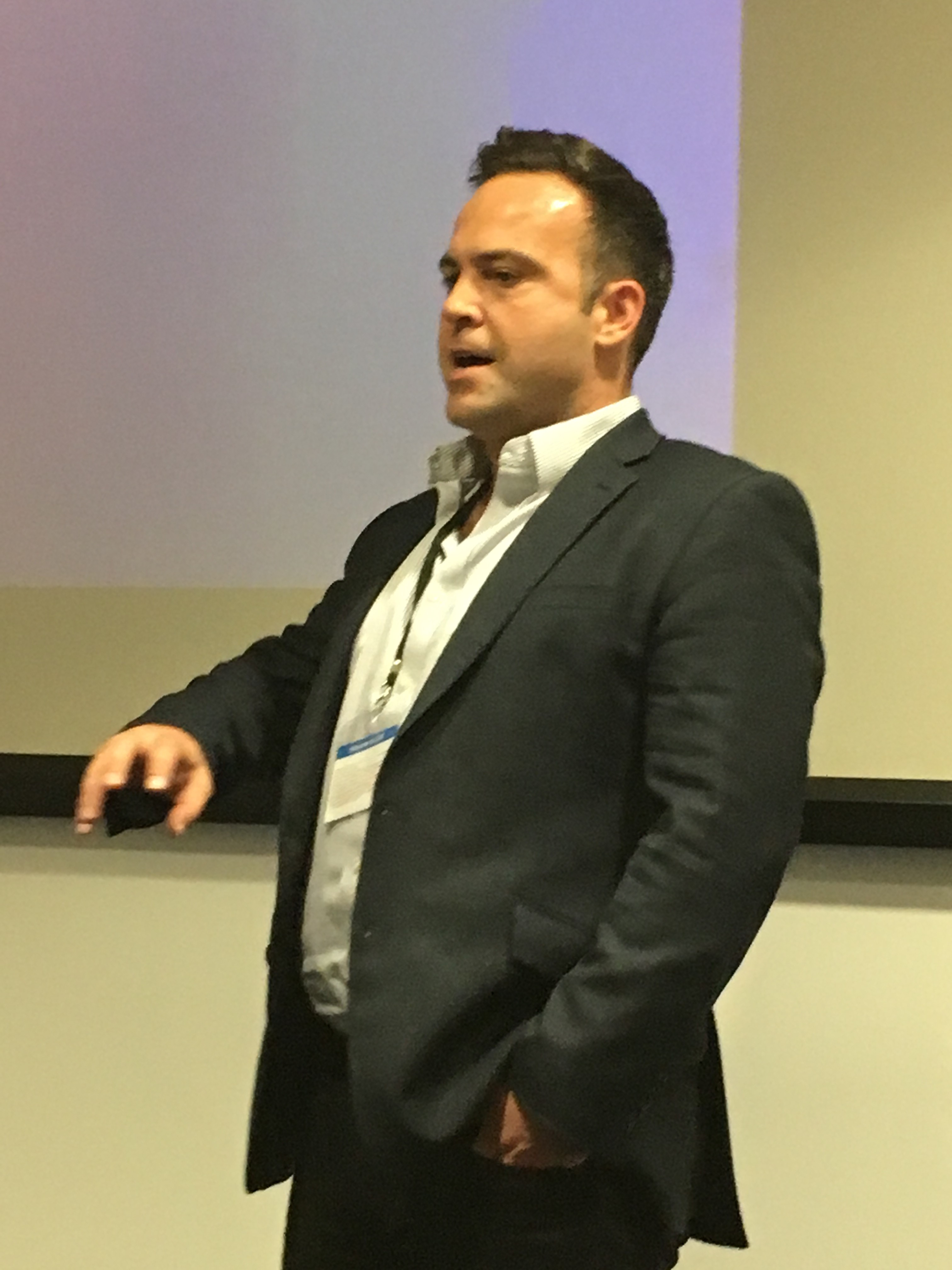The application of IoT is booming with new use cases arising near enough daily. But, contrary to its growth, the sector risks inertia if businesses lose sight of the key objectives digitisation was founded upon – improving day-to-day experiences.
Yes, a big part of IoT is creating more efficient processes. But those efficiencies must translate into issues that resonate with customers, from the quality of the product to meeting environmental pledges and reducing wastage to truly deliver; something that can’t be achieved by automating processes alone, but by automating outcomes – as Jason Kay, CCO, IMS Evolve, explains.
Digitisation falters
Pinpointing the reason for organisations’ growing failure to make the expected progress towards successful digitisation is a challenge. Choice fatigue, given the diversity of innovative technologies? Over ambitious projects? An insistence by some IT vendors that digitisation demands high cost, high risk rip and replace strategies?
In many ways, each of these issues is playing a role; but they are the symptoms not the cause. The underpinning reason for the stuttering progress towards effective digitisation is that the outcomes being pursued are simply not aligned with the core purposes of the business.
Siloed, vertically focused digitisation developments typically focus on short-term efficiency and process improvements. They are often isolated, which means as and when challenges arise, it is a simple management decision to call time on the development: why persist with a digitisation project that promised a marginal gain in process efficiency at best, if it fails to address core business outcomes such as customer experience?
Accelerating the digitisation of an organisation requires a different approach and brave new thinking. While disruptive projects and strategies can prove threatening to existing business models – when executed correctly – can in fact create opportunity for new business models, exploration and a new approach to the market.
By considering and focusing on the core aspects of the business, not only can opportunities to drive down cost be identified, but also deliver measurable value in line with clearly defined outcomes.
Reconsidering digitisation
In many ways the IT industry is complicit in this situation: on one hand offering the temptation of cutting-edge and compelling new technology, from robots to augmented reality, and on the other insisting that digitisation requires multi-million pound investments, complete technology overhaul and massive disruption to day-to-day business.
It is therefore obviously challenging for organisations to create viable, deliverable long-term digitisation strategies; and this confusion will continue if organisations focus on the novelty element and fail to move away from single, process led goals.
Achieving the true potential digitisation offers will demand cross-organisational rigour that focuses on the business’ primary objectives. Without this rigour and outcome led focus, organisations will not only persist in pointless digitisation projects that fail to add up to a consistent strategy but, concerningly, will also miss the opportunity to leverage existing infrastructure to drive considerable value.
Consider the impact of an IoT layer deployed across refrigeration assets throughout the supply chain to monitor and manage temperature. A process based approach would be focused on improving efficiency and the project may look to utilise rapid access to refrigeration monitors and controls, in tandem with energy tariffs, to reduce energy consumption and cost.
However, if such a project is only defined by this single, energy reduction goal, once the initial cost benefits have been achieved there is a risk that the lack of ongoing benefits will resonate with management. Yet digitisation of the cold chain also has a fundamental impact on multiple corporate outcomes, from customer experience to increasing basket size and reducing wastage; it is – or should be – about far more than incremental energy cost reduction.
Supporting multiple business outcomes
Incorrect cooling can have a devastating impact on food quality. From watery yogurt to sliced meat packages containing pools of moisture and browning bagged salad, the result is hardly an engaging brand experience. These off-putting appearances can threaten not only customer perception but also basket size, yet the acceptance of this inefficiency is evident in the excessive supply chain over-compensation.
To ensure that the products presented to customers on the shelves are aesthetically appealing, retailers globally rely on overstocking with a view to disposing any poorly presented items. The result is unnecessary overproduction by producers and a considerable contribution to the billions of pounds of food wasted every year throughout the supply chain.
Where does this supply chain strategy leave the brand equity with regards to energy consumption, environmental commitment and minimising waste? Or, for that matter, the key outcomes of improving customer experience, increasing sales and reducing stock?
It is by considering the digitisation of the cold chain with an outcomes based approach, a project that embraces not only energy cost reduction but also customer experience, food quality, minimising wastage and supporting the environment, that organisations are able to grasp the full significance, relevance and corporate value.
Furthermore, this is a development that builds on an existing and standard component of the legacy infrastructure. It is a project that can overlay digitisation to drive value from an essentially dull aspect of core retail processes and one that can deliver return on investment, whilst also improving the customer experience.

Reinvigorating digitisation strategies
If digitisation is to evolve from point deployments of mixed success, towards an enduring, strategic realisation, two essential changes are required. Firstly, organisations need to consider what can be done with the existing infrastructure to drive value.
How, for example, can digitisation be overlaid onto existing control systems to optimise, for example, the way car park lights are turned on and off, to better meet environmental brand equity and reduce costs? In the face of bright, shiny disruptive technologies, it is too easy to overlook this essential aspect of digitisation: the chance to breathe new life and value into existing infrastructure.
Secondly, companies need to determine how to align digitisation possibilities not with single process goals but with broad business outcomes – from a better understanding of macro-economic impacts, all the way back through the supply chain to the farmer to battle the global food crisis, to assessing the impact on the customer experience.
And that requires collaboration across the organisation. By involving multiple stakeholders and teams, from energy efficiency and customer experience to waste management, a business not only gains a far stronger business case but a far broader commitment to realising the project.
Combining engaged, cross-functional teams with an emphasis on leveraging legacy infrastructure offers multiple business wins. It enables significant and rapid change without disruption; in many cases digitisation can be added to existing systems and rapidly deployed at a fraction of the cost proposed by rip and replace alternatives.
Using proven technologies drives down the risk and increases the chances of delivering quick return on investment, releasing money that can be reinvested in further digital strategies. Critically, with an outcome-led approach, digitisation gains the corporate credibility required to further boost investment and create a robust, consistent and sustainable cross-business strategy.
The author of this blog is Jason Kay, CCO, IMS Evolve
Comment on this article below or via Twitter: @IoTNow_OR @jcIoTnow










